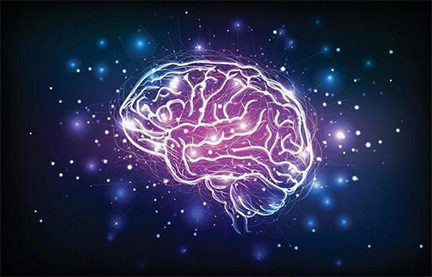Developmental stuttering can best be understood from a multidimensional perspective, including genetics, motor control, language ability, temperament, environmental influences, among others. Research has highlighted the important role the brain has in initiating and executing speech movements, and how these processes may differ in children and adults who stutter. Recently, researchers have started to investigate how these brain processes can be influenced and whether this could be successfully integrated as part of stuttering treatment.Investigating the use of brain stimulation to improve speech fluency
One of the first study to use tDCS for speech disorders was conducted in August 2006 with patients that have aphasia (Hummel & Cohen, 2006). Since then, several studies have investigated the effect of tDCS stimulation on speech production in persons who experience speech and language difficulties following a stroke. The results from these studies have shown that the use of tDCS can have a beneficial effect on stroke patients’ speech and language performance.
More recently, tDCS also has been used in people who stutter in an effort to enhance speech fluency. Although it has been demonstrated in some of these studies that tDCS can improve speech fluency, these studies are still in their infancy and there is still much to learn. How tDCS influences the brain and how this affects the brain during speech is a necessary first step in uncovering how tDCS could potentially help to improve stuttering and result in long-term positive outcomes.
Past and ongoing research in the Speech Fluency Lab at the University of Toronto has contributed to a better understanding of neural processes underlying speech and stuttering. As part of this effort, we are currently conducting a research study using tDCS. We are investigating whether brain stimulation using tDCS can improve fluency during reading and make it easier to learn motor movements for people who stutter.
We are currently seeking adults who stutter between the ages of 18 – 50 years old who would be interested in participating in our study. Participants will be invited to come to the lab for a one-hour session on two separate days. One session will be devoted to a typing task, aimed at understanding the influence of tDCS on nonspeech activities, while the other session will involve a reading task. Each session includes 20 minutes of tDCS stimulation while you are completing the tasks. In addition, participants complete a number of other assessment tasks to better understand their speech, language and cognitive functions. We hope that the results of our study will allow us to better understand how we can facilitate fluent speech using brain stimulation techniques such as tDCS, which one day will lead to more effective speech fluency intervention for children and adults.
If you are interested in participating or would like more information about this study, please contact Dr. Luc De Nil at the Speech Fluency Lab or give us a call at 416 946 8635, We look forward to hearing from you.
If you would like to read a bit more about tDCS, you may find the following papers with recent research of interest.
- Hummel, F. C., & Cohen, L. G. (2006). Non-invasive brain stimulation: a new strategy to improve neurorehabilitation after stroke? The Lancet Neurology, 5(8), 708-712.
- Chesters, J., Möttönen, R., & Watkins, K. E. (2018). Transcranial direct current stimulation over left inferior frontal cortex improves speech fluency in adults who stutter. Brain, 141(4), 1161-1171.
- Chesters, J., Watkins, K. E., & Möttönen, R. (2017). Investigating the feasibility of using transcranial direct current stimulation to enhance fluency in people who stutter. Brain and language, 164, 68-76.
Here are two web links that describe tDCS:
https://neuromodec.org/what-is-transcranial-direct-current-stimulation-tdcs/ https://www.science.org.au/curious/people-medicine/tdcs
